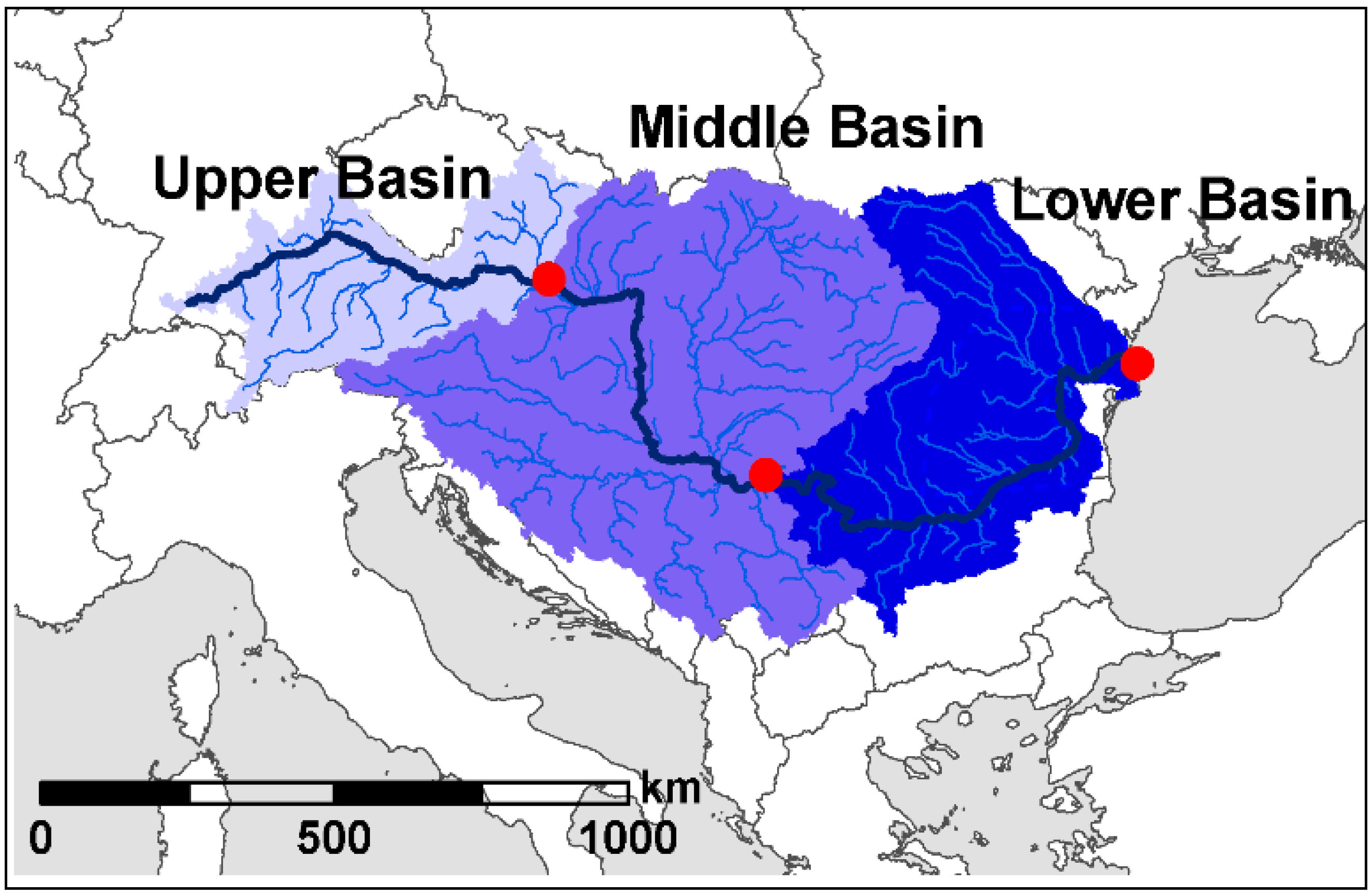By the way, some of the samples coming probably closest to G?va/Channelled Ware and early Daco-Thracians are the new Thraco-Cimmerian samples, they plot exactly between Kyjatice, G?va and the E-V13 from La Tene Hungary and the J2b cluster. So just a little bit North/North East of them, even though they might have some real Cimmerian admixture, they still are primarily local Daco-Thracians and many of the Hungarian "Scythians" plot just like the G?va sample still, as the most North Eastward variation of these people, similar to F?zesabony:
https://ibb.co/71gwvMd
So even the late and probably admixed Daco-Thracians from Pannonia, from the Thraco-Cimmerian core group, can score pretty similar to the J2b/Illyrian cluster. There is just a general overlap of basic components ratio here.
Some examples of how these Thraco-Cimmerians score in comparison to a selection of some other relevant Pannonian-Carpathian-Balkan samples:
Distance to: Hungary_EIA_Prescythian_Mezocsat:I18211___Date:-775___Coverage_65.63%
0.03645638 Hungary_LT:I18527
0.03790514 Scythian_HUN:I20746
0.03798084 BGR_EBA:I2165
Distance to: Hungary_EIA_Prescythian_Mezocsat:I18213___Date:-775___Coverage_65.63%
0.03287116 BGR_EBA:I2165
0.03354655 Hungary_LT:I18527
0.03896735 J2B::I5691
Distance to: Hungary_EIA_Prescythian_Mezocsat:I18239___Date:-775___Coverage_66.49%
0.03081740 R1bZ:I23207
0.03118333 BGR_EBA:I2165
0.03327847 J2B::I5691
0.03686988 Slovakia_Vekerzug:I14465
Distance to: Hungary_EIA_Prescythian_Mezocsat:I18245___Date:-775___Coverage_68.31%
0.02904312 R1bZ:I4996
0.03069460 Scythian_HUN:I20746
0.03153734 Scythian_HUN

A197
0.03248499 Hungary_LT:I18527
0.03542056 HUN_LBA_Kyjatice:I1504
Distance to: Hungary_EIA_Prescythian_Mezocsat:I18246___Date:-775___Coverage_67.64%
0.02714464 Hungary_LT:I18527
0.03007541 BGR_EBA:I2165
0.03852494 Slovakia_Vekerzug:I14465
0.03884865 R1bZ:I23207
0.03909868 Scythian_HUN

A195
0.03915274 Scythian_HUN

A197
Also note the reasonable fits, all below 0,04!
The J2b Illyrian cluster is close indeed and gets into the range quite often, but even more often samples from Pannonia and the Carpathian sphere top them. That's even easier to recognise if there is an actual Illyrian outlier!
This individual looks like coming from the Illyrians:
Distance to: Hungary_EIA_Prescythian_Mezocsat_o3:I11683___Date:-775___Coverage_69.72%
0.03123643 J2B:I24639
0.03497661 J2B:I22940
0.03584851 J2B::I23911
0.03590331 J2B:I23995
0.03827002 J2B:I26726
0.03865594 Scythian_HUN

A198
0.03979095 Slovakia_Vekerzug:I14465
Only in this sample all the top samples are from the J2b Illyrian cluster and it also plots in the midst of the J2b cluster on my PCA! That's a striking difference to the more typical Thraco-Cimmerians with a more clearly Pannonian cluster. Also check how low the distance is, even lower than for the others, which proves the homogeneity of the Illyrians. This individual was probably an Illlyrian bride, brought to the Thraco-Cimmerian centre.
Its just such a pity that they haven't sampled a dozen or so Mezocsat males, because looking at these samples autosomal make up, I'm pretty sure some E-V13 would have popped up among them.
What really sets the Pannonians apart though is the increased WHG and lowered Neolithic ancestry:
https://ibb.co/sWQGhdX
Note the Illyrian outlier with much lowered WHG, increased Neolithic. The Eastern oulier among the LT samples from Hungary with E-V13 is even much below the Illyrians for his Yamnaya and WHG share. He is simply very mixed with more Eastern and Southern elements, going in the direction of Bulgarian EBA/IA.
Both the Mezocsat and E-V13 La Tene samples are not fundamentally different from Illyrians, just somewhat more Northern shifted. Also note that they have nearly zero East Asian admixture, unlike other "Cimmerians". They are genetically with high probability overwhelmingly Daco-Thracians.
The more Northern Pannonians main feature is the increased WHG ancestry. The Illyrians have as much or more Yamnaya, but on average less WHG, while there is still no clear cut border, but just a fluent transitioning between them.





